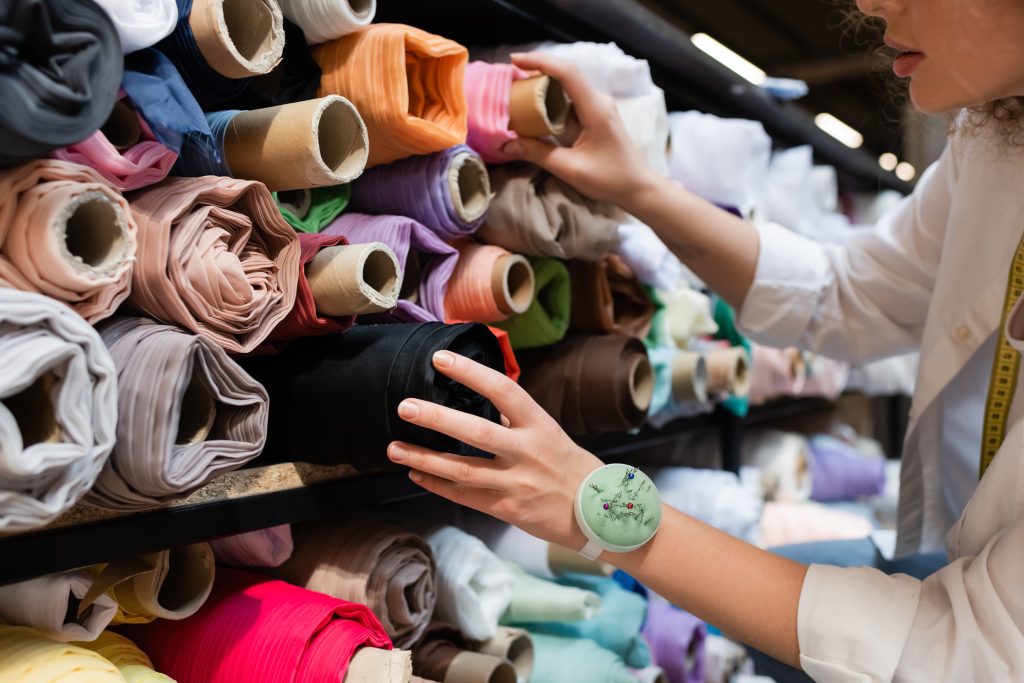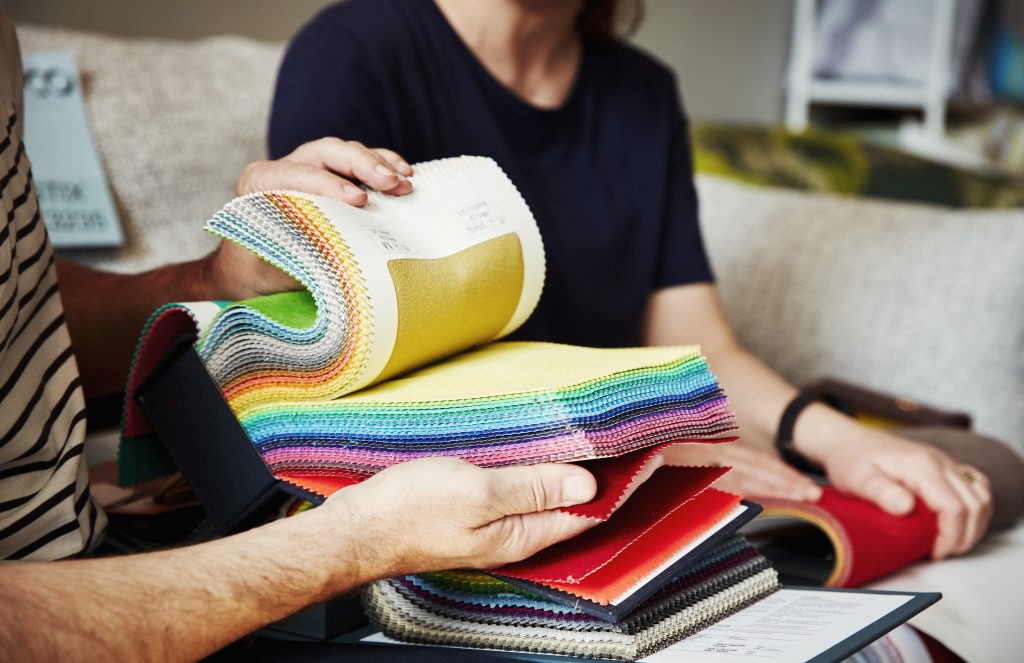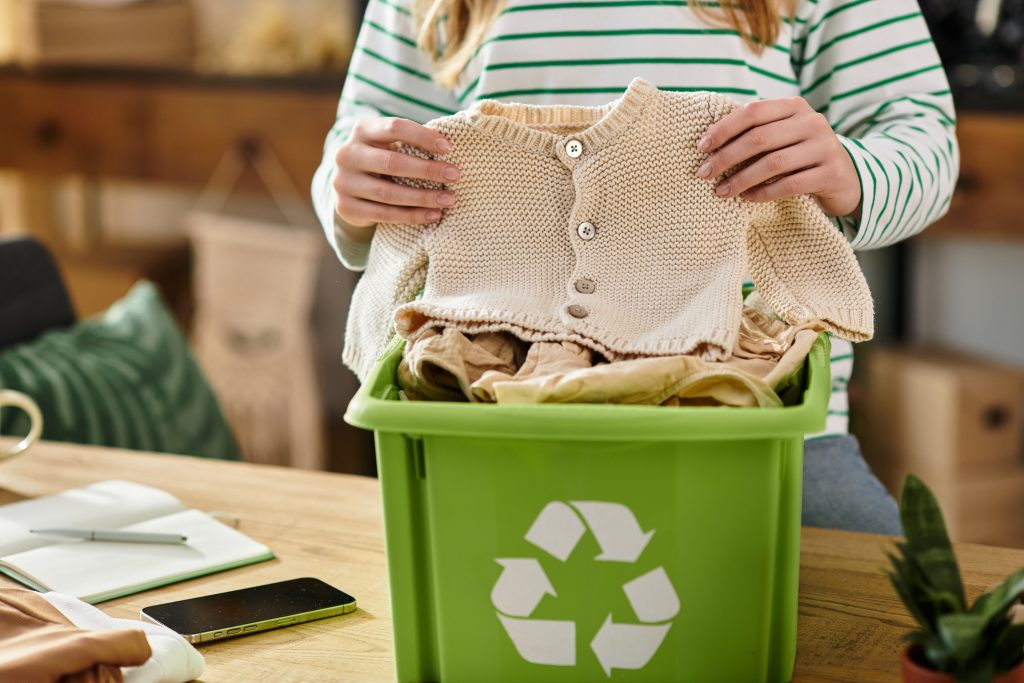Recycled Fabric and Green Transformation in the Textile Industry
The textile industry produces billions of meters of fabric every year and consumes millions of tons of resources. However, fast fashion worsens this situation because brands constantly release new products. Moreover, factories increase waste uncontrollably, which puts a heavy burden on nature. As a result, water resources decline, energy demand rises, and carbon emissions accelerate. Therefore, the industry now follows a different path. In addition, companies turn to recycled fabric production. Thus, they collect waste, separate it into fibers, create yarn, and produce fabric again. Consequently, they reduce costs while contributing to the environment.
Moreover, producers reduce raw material needs, control energy consumption, and minimize water use. Furthermore, brands fulfill their environmental responsibilities. On the other hand, consumers make conscious choices and prefer sustainable products. As a result, recycled fabric becomes not only an alternative but also the main standard of the future.
What Is Recycled Fabric?
Manufacturers produce recycled fabric by processing worn-out clothes and production waste. For example, workers collect waste, classify it, and machines break it down. Then, engineers turn fibers into yarn. Therefore, weaving lines transform this yarn into fabric. For instance, polyester yarn comes from PET bottles, old jeans become denim fabric, and cotton waste turns into new fibers. As a result, producers both protect nature and create economic benefits.
In addition, companies use this fabric not only in fashion but also in automotive, medical textiles, and industrial applications. Moreover, many industries gain sustainable solutions through recycling.

Historical Background and Global Trends
People have practiced recycling ideas for centuries. For example, in the 19th century, families repaired and reused fabrics. During the 20th century, war conditions forced people to dismantle clothes and reuse yarn. However, today factories operate with advanced technology. Moreover, machines improve fabric quality to match virgin materials. In addition, the European Union prepares sustainable strategies, U.S. consumers become more aware, and Asian production centers adopt new systems. As a result, especially after 2020, major brands began making nearly half of their collections from recycled fabrics. Consequently, recycling becomes a global standard.
Production Process and Technologies
Companies produce recycled fabric in two main ways: mechanical recycling and chemical recycling. Moreover, some firms apply hybrid methods by combining both.
Mechanical Recycling
Employees collect waste and sort it by type. Then, machines shred fabrics, turn them into fibers, and produce yarn. Therefore, weaving lines create fabric from yarn. In addition, this method saves energy. However, fibers sometimes shorten, but engineers solve this problem with blending techniques. Thus, the method keeps environmental impact low.
Chemical Recycling
Engineers dissolve waste at the molecular level. Then, they purify polymers and create yarn. Consequently, factories turn this yarn into high-quality fabric. Especially for polyester and nylon, this method gives superior results. For example, fashion brands prefer chemical recycling for performance collections. Moreover, this approach ensures quality consistently matches virgin material.
Supporting Technologies
- AI-powered optical sorting machines
- Water recovery and filtration systems
- Low-energy yarn machines
- IoT-based production software
As a result, production lines work more efficiently, waste rates drop, and environmental pressure decreases.
Advantages
Recycled fabric offers many advantages. Moreover, these benefits cover environmental, economic, and social dimensions. Therefore, it plays a critical role in achieving sustainability goals.
Environmental
- Producers reduce water use by up to 90%.
- Factories cut energy consumption by up to 50%.
- Companies reduce carbon emissions significantly.
- Firms lower the burden on landfills.
Economic
- Companies reduce dependence on raw materials.
- Producers make costs more predictable.
- Firms gain flexibility in supply chains.
- Brands enter new markets with green product portfolios.
Social
- Brands strengthen their reputation.
- Consumers trust companies more.
- Businesses support sustainable development.
Sustainable Fashion
Consumer expectations constantly change. Moreover, younger generations demand eco-friendly products. Therefore, brands include recycled fabrics in their collections. Luxury brands highlight elegance, sports brands emphasize performance, and fast fashion brands focus on accessibility. However, all segments unite in responsible production. In addition, brands ensure transparency through labeling and certification processes. Consequently, recycled fabric becomes the unchanging standard of the fashion sector.

Marsala Textile’s Approach
Marsala Textile places sustainability at the core of its work. Moreover, the company produces in solar-powered facilities. In addition, managers use water-saving dyeing systems. Furthermore, logistics teams apply low-carbon transportation solutions. The company also increases women’s employment, runs local projects, and raises social awareness. Thus, Marsala becomes not only a manufacturer but also a pioneer of sustainable development. As a result, Marsala Textile sets an example in the sector.
Future Perspectives
Recycled fabric will play a larger role in the future. Experts estimate that by 2030, 30% of production will consist of recycled materials. Moreover, bio-based fibers and nanotechnology will add new functions to fabrics. In addition, governments regulate the industry with new rules. On the other hand, consumers raise environmental awareness. Consequently, recycled fabric spreads not only in fashion but also in industrial and technical textiles.
Frequently Asked Questions
1. Is recycled fabric low quality?
No. Moreover, engineers improve quality to reach virgin fabric standards.
2. In which sectors is it used?
For example, companies use recycled fabric in fashion, home textiles, automotive, technical textiles, and healthcare.
3. How does Marsala stand out?
Marsala engineers, moreover, produce with modern technologies. In addition, the company builds eco-friendly facilities and directs the sector with a sustainable vision.

Conclusion
In conclusion, recycled fabric offers environmental, economic, and social benefits. Moreover, Marsala Textile, with its visionary approach, plays a leading role in this transformation. Consequently, as investments in the sector grow, recycled fabric becomes the main standard of textiles. Therefore, for more information, visit our blog to read other articles.
